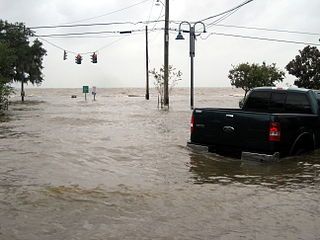Clean Energy Technology Takes Center Stage in Disaster Relief in the Philippines

Here are three basic facts:
• The Philippines is one of the most disaster-prone countries in the world: weather-related disasters account for 90% of annual damages; at least 60% of the country’s total land area is exposed to multiple hazards, and 74% of its population is considered at risk.
• Consequently (and wisely) the national government is in the process of shifting its focus from disaster relief to disaster preparedness/avoidance.
• Water is the basic building block of life and a vital component for economic development and recovery, but, unfortunately in the Philippines, it has historically been in short supply. In the aftermath of Typhoon Haiyan, access to clean drinking water is at an all-time low. As a result, the people of the Philippines are at an increased risk for life threatening disease. Access to clean water is absolutely critical in preventing potential outbreaks.
So here comes a non-profit, led by Stuart, with a plan to put in place 130 solar powered water pumps across the Philippines. For anyone wishing to learn more, or to make a contribution, the link above is the place to go.

He might also look at stocking solar powered water purification equipment in areas not considered at risk for rapid deployment to affected areas after any big storm etc. That way, available water in ponds, streams, etc can rapidly be made potable relieving some of the immediate problems.